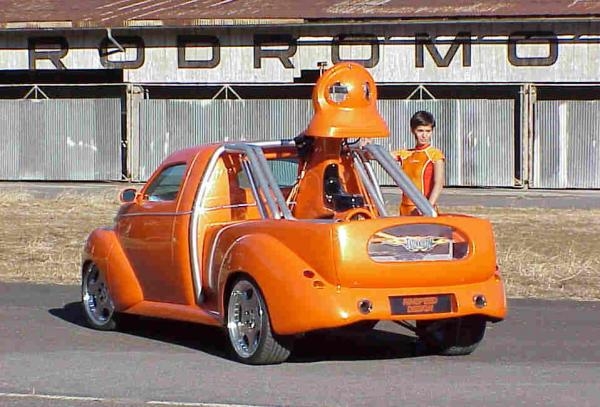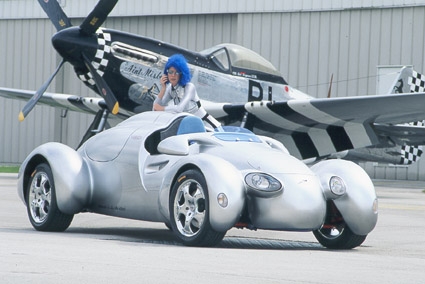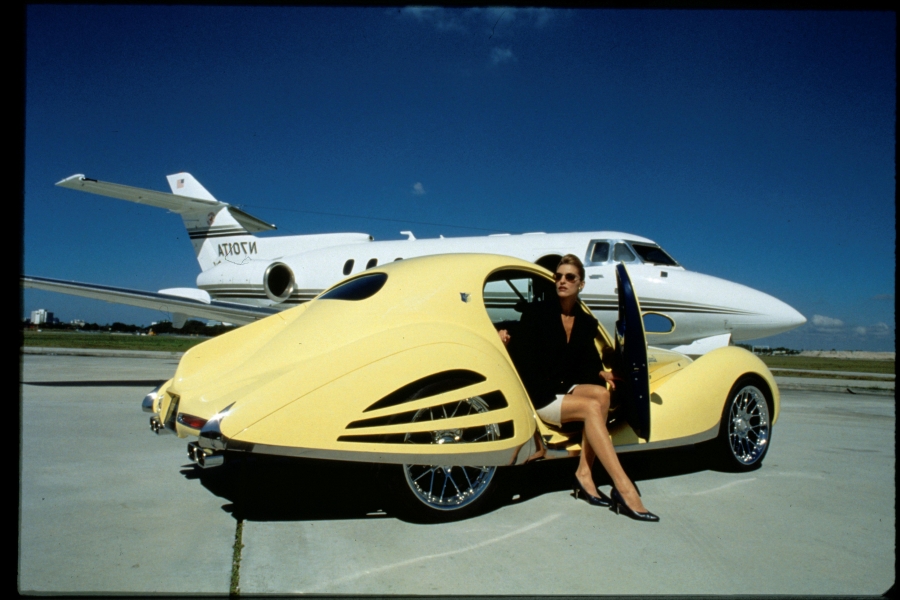40th participation of Rinspeed at the Geneva Motor Show (1979 - 2018) Not many other companies have been able to show this continuity of presence at a world fair. In 2018, for the 40th time on the shores of Lac Leman, Rinspeed will bring its novelty - this time the Rinspeed "Snap" - into the limelight. The first time a turbo-charged and personalized Golf I with sunroof was exhibited in the old halls in the Plain-Palais - in white. Even then, white was one of the fashionable and trendy colors. In between lie many color cycles and dozens of novelties and world premieres. One of the highlights was certainly the “sQuba” which in 2008 attracted the visitors as the first diving car in the world - James Bond said hello. Geneva Motor Show 2018: Rinspeed Snap - the sum of its parts is greater than the whole Snap - Let it click! Self-driving cars, stuffed full of short-lived IT components, will help solve the transport problems in urban areas in the foreseeable future - and not just there. To this end, Swiss powerhouse of ideas Rinspeed has designed an elaborate and unparalleled mobility ecosystem in its latest concept car, the “Snap.” Rinspeed boss Frank M. Rinderknecht makes the hardware and software, which is bound to be outdated quickly, part of the high-wear chassis (“skateboard“) - and separates it from the durable passenger safety cell (“pod”). From now on, they both will go their separate ways - whereby the pod can even be useful when stationary: it can be anything from a variable shopping pod or a spacious camping pod to a cozy cuddling pod and even provide a breathtaking, fully connected user experience for the occupants of the passenger cabin. The sky is the limit for the possible applications. The Swiss mobility visionary uses an ingenious trick to disentangle the different lifecycles of various automotive components: The skateboard carries the durable mechanical and the fast-aging IT components. They are recycled after a few years of intensive use once they have reached the end of their design life, while the much less stressed pod is able to remain in service for much longer, before it also must be sent to recycling. This benefits the environment, because it plays a significant role in conserving natural resources. Almost as an aside, the innovative Swiss solve a problem that many know from the navigation systems in their own vehicles: they no longer find the way, because software and map data are outdated. What is merely annoying here can quickly become a safety issue in self-driving cars in the near future. No question, when it comes to the Snap, the name really says it all, because everything fits together perfectly and can be snapped together. In keeping with a tried and proven tradition, the twenty-fourth concept car from Rinspeed was again designed at Swiss company 4erC and technically executed at Esoro. An extensive study of the Snap ecosystem conducted by EY shows its (virtually) unlimited possibilities. The electric vehicle - as always when Rinderknecht is at work - is chock-full of technical and visual finesse, contributed by a reputable network of global companies. The two steering axles along with the integrated electric powertrain come from ZF. They allow the Snap to turn practically on a dime and produce no emissions in urban traffic. The Snap runs on weight-optimized and stylish 7x18 Borbet alloy wheels shod with tires of size 225/35-18, which are optimized to minimize fuel consumption. By the way, all adhesive bonds in and on the Snap are realized with innovative adhesives from Sika Automotive. Optionally, there is even a ‘personal assistant’ in the form of an autonomous, intelligent robot to accompany the occupants. It will also be happy to help with running errands, carrying purchases, or handle other tedious tasks. The city runabout is brimming with sensors. For example, US company Gentex is contributing the Iris scanner for occupant detection and dimmable front and rear glass elements, which can also be found on the Boeing Dreamliner. The sophisticated Lidar sensors from Ibeo in Hamburg ensure that obstacles on the road are detected by means of real-time measurement of the light reflections. The “Samsung Drvline” Autonomous Platform that is part of the skateboard makes safely moving through city traffic possible. It uses the NXP BlueBox, a sensor fusion solution. In turn, the Smart Antenna, jointly developed by NXP and Harman, ensures safe communication to the world outside as well as a high-speed connection to the Harman Ignite Cloud Platform. With 5G, Car2X, radio tuner, BT, and WiFi, it covers the entire spectrum of wireless networking possibilities. Sprint, a leading US telecommunications company, is committed to ensuring stable networks. Moreover, with highly-sensitive pod recognition and its customized Smart Access solution, the chip giant NXP offers a broad range of technologies that show promise for the future. Europe’s leading business software company SAP contributes by enabling the digitized ecosystem through innovative technologies and software solutions in the areas of smart cities, connected health, connected mobility, and transportation. And TomTom provides HD maps for autonomous driving and navigation technologies that enable predictive driving for passengers’ comfort. Finally, the Israeli start-up Valens’s HDBaseT Automotive connectivity technology connection is responsible for the fast and secure transmission of even ultra-high-definition, high-resolution multimedia signals between the numerous vehicle components. An innovative marketplace net from MHP allows custom use of the wide variety of pods and skateboards with a wide range of service providers. Also not commonplace for a concept vehicle: The transmission of data and information was independently and impartially tested and certified by Dekra, the globally operating testing and certification experts. And who supplies the electricity for all these consumers? It flows into the vehicle via the quick-charging cable with high-voltage technology from Harting based in the East Westphalian town of Espelkamp. Harman developed the ‘True Level 5’ HMI, an operating concept perfectly tailored to the needs of changing passengers in a fully autonomous vehicle. The goal of the development: maximum possible individualization paired with optimal protection of personal data. To this end, there is three-level user authentication, depending on the desired personalization. A token unlocks the vehicle and customizes the displays. Personal cloud content is available after identification by face recognition. As a result, the voice-controlled intelligent personal assistant knows the preferences and habits of each passenger and suggests, for example, a suitable restaurant for every passenger, depending on personal preferences. In addition, a third level of biometric identification is required if health data of the passenger are to be recorded and analyzed. Each passenger has three displays at his disposal for interaction. Personal settings are selected with the ‘Personal Control Panel’ featuring an interactive control dial. Personal contents and messages are shown on the touch-controlled ‘Hover Tabs,’ which are brought into position by swiveling arms. Two large centrally placed screens provide route information and movie enjoyment. The Lexicon surround sound system with Ambisonics Escape signal processing delivers a unique audio experience with all applications. The Snap uses six projectors to communicate visually with the outside world. Two of them use the windshield and the rear glass to send full-color messages to other road users such as ‘Right of way granted’ or ‘Caution, children.’ Four laser projections on the side windows are used for communication with boarding passengers. The necessary functional interlayers for all-round glazing come from the Japanese manufacturer Sekisui. There is also a host of technical innovations in the appealing exterior of the Snap, which is more reminiscent of architecture than of automotive design. For example, from German lighting specialist Osram Opto Semiconductors, which installs digital license plates as well as the entire lighting system - including interior LEDs that emit ultraviolet light to render bacteria harmless and thereby improve hygiene. The front and rear panels as well as lighting elements in the rocker panels are multifunctional and can display multimedia contents. They come from US company Techniplas, a leader in the design and manufacturing of engineered products for mobility. The safe swapping of the pods is ensured by lightweight-design supports from Swiss Company Georg Fischer. The wellness features of the interior play a vital role in self-driving cars. In this area, Rinspeed has for years rightfully relied on the innovative Swabian textile developers at Strähle+Hess, who work with Dutch company Stahl, the world market leader for leather and man-made surfaces in automotive interiors. Functionality goes hand in hand with the discriminating design standard. The occupants relax on naturally soft leather from automotive leather specialist Bader. The storage systems from Dr. Schneider Unternehmensgruppe, some of which are even portable, offer optimal storage space complete with cup holders and wireless charging system. The portable storage compartment is a truly clever solution. Also able to convince is surface specialist Benecke-Hornschuch Surface Group with its groundbreaking and partially translucent materials used on seating areas, storage facilities, floor, and as side panels. With traditional Korean Sanggam printing for seats and trim, the South Korean upholstery fabric manufacturer Kolon sets accents in the interior. Now then, time to lean back and drink some fresh tea. That is another thing the Snap designers also thought of! Mint and strawberries for homemade and healthy infusion drinks grow in urban farming containers from Kostal. Snap - rarely has a concept car more precisely described the problems an entire industry has with the different lifecycles of various car components - and offered up an interesting solution at the same time. Maybe something goes ‘click’ with many who will marvel at the new creation of Swiss mobility mastermind Frank M. Rinderknecht at the Geneva Motor Show 2018. As always professionally staged by Saarland ad agency Vollmond. Downloads
|
|||||||||||||||||||||||||||||||||||




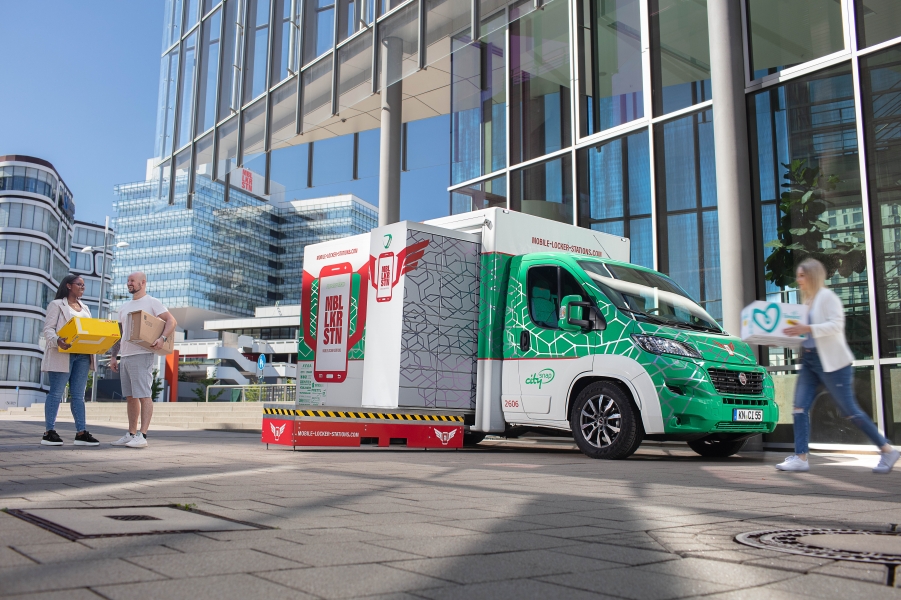
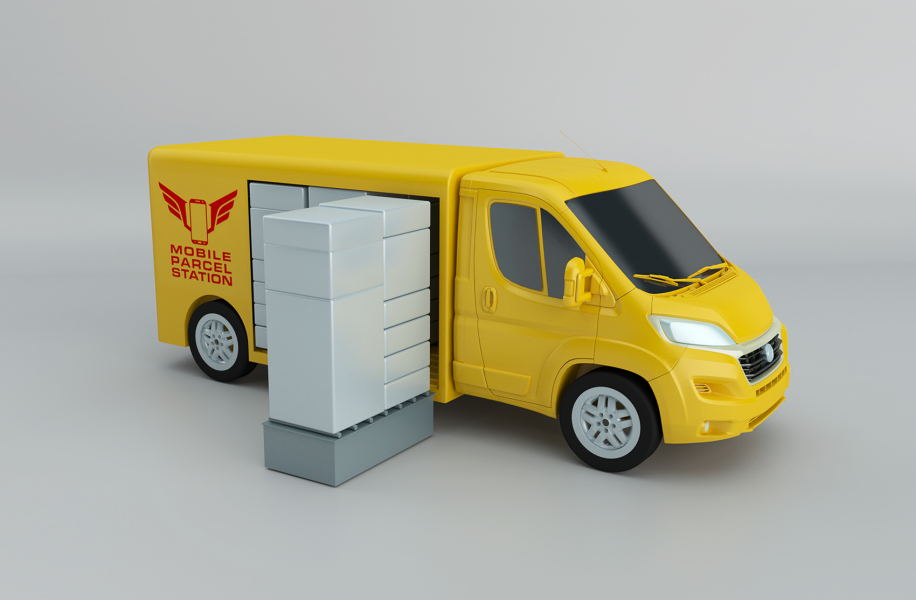
.jpg)
.jpg)

.jpg)



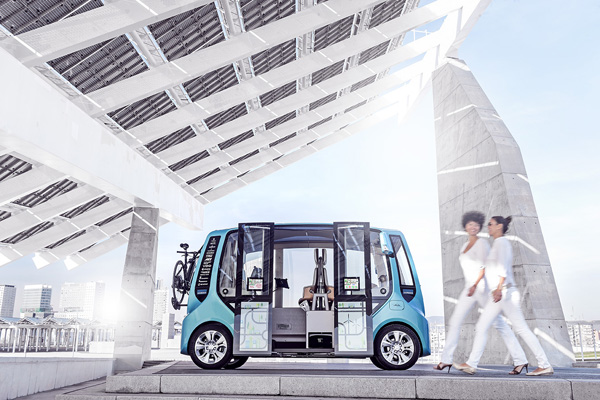
.jpg)
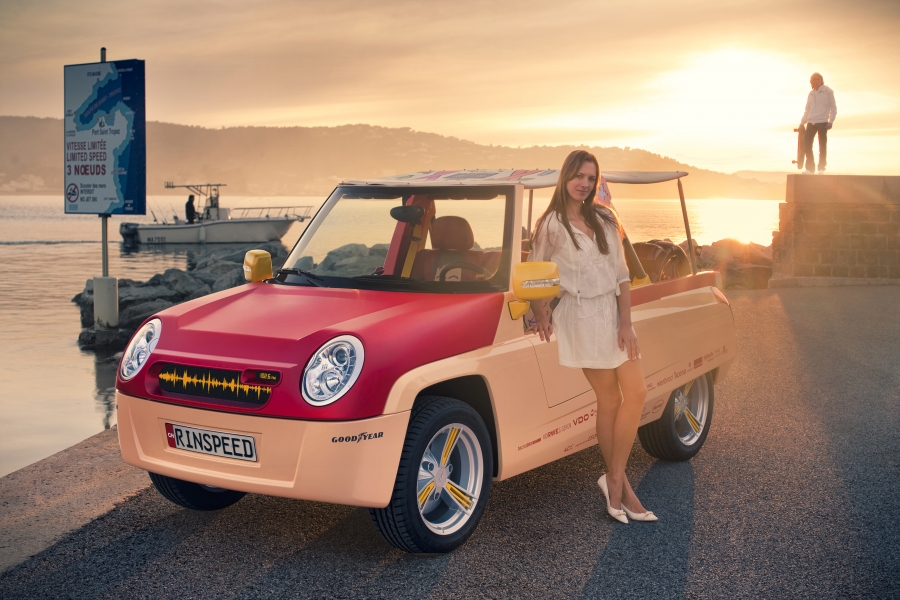

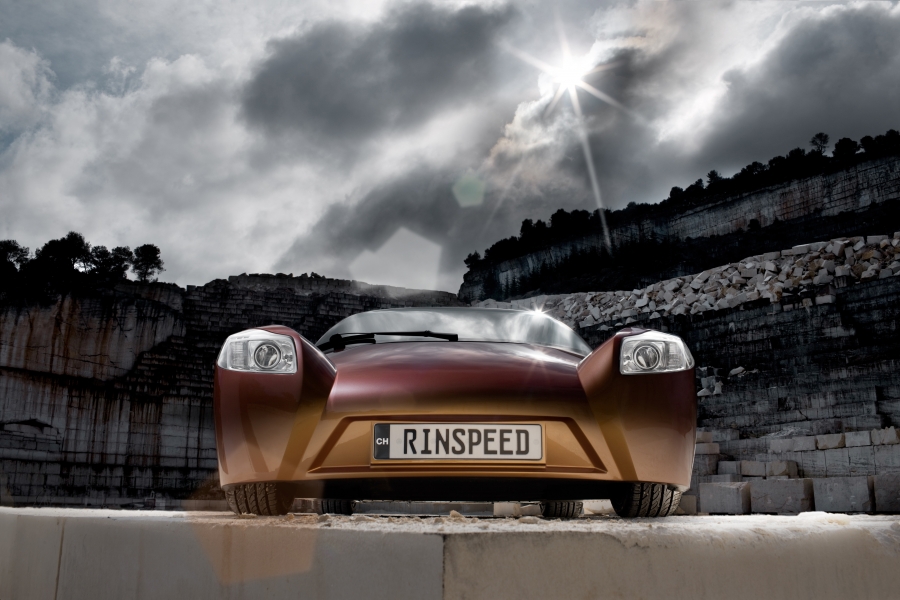


.jpg)




.jpg)
